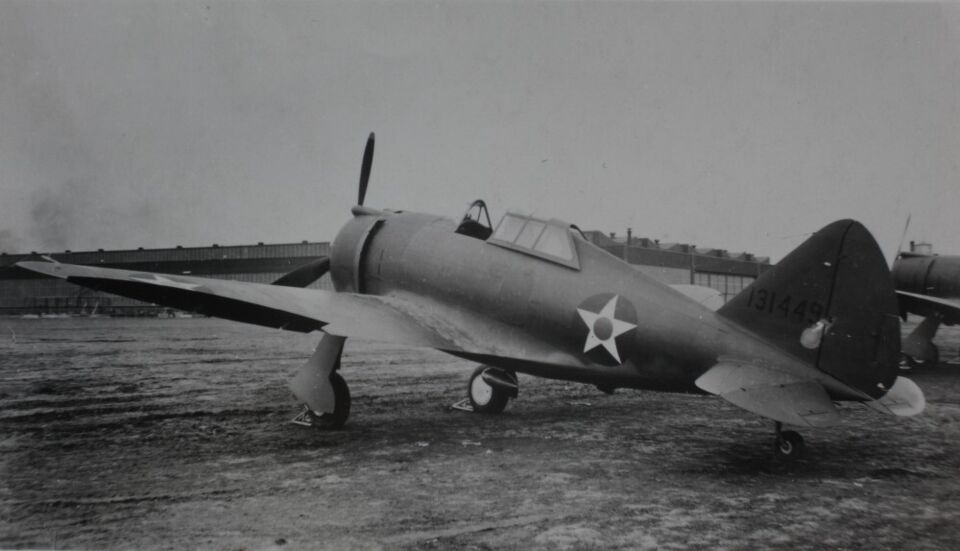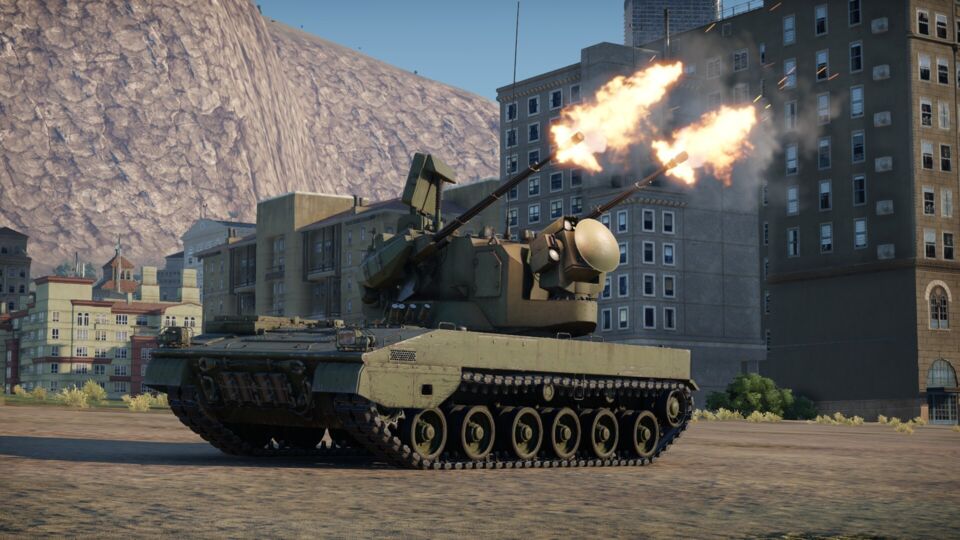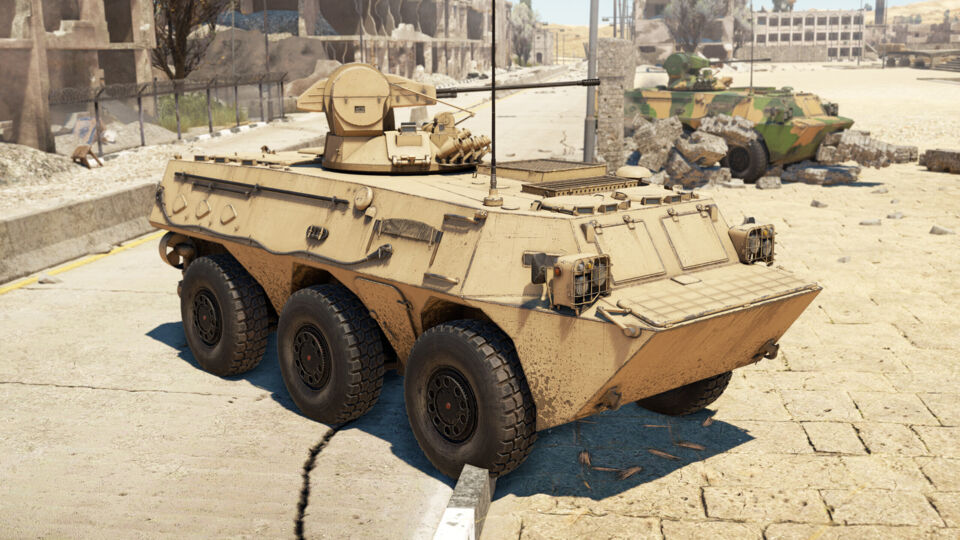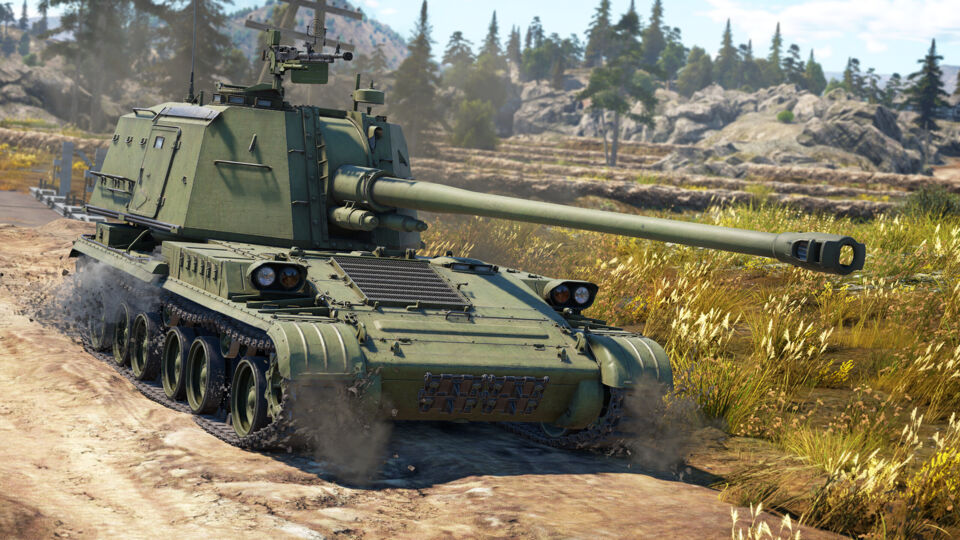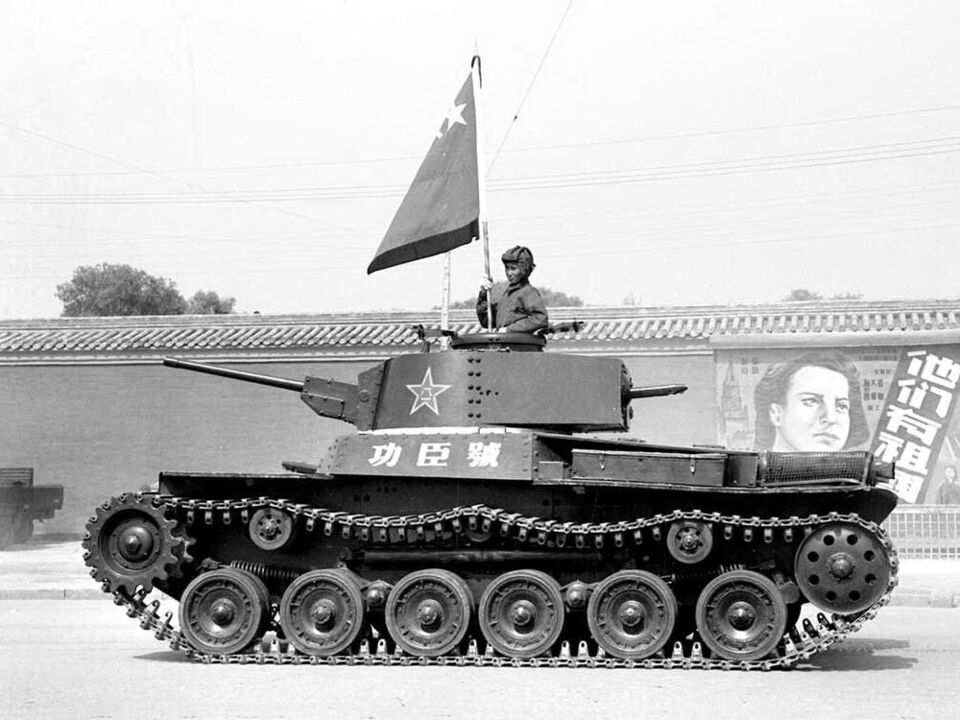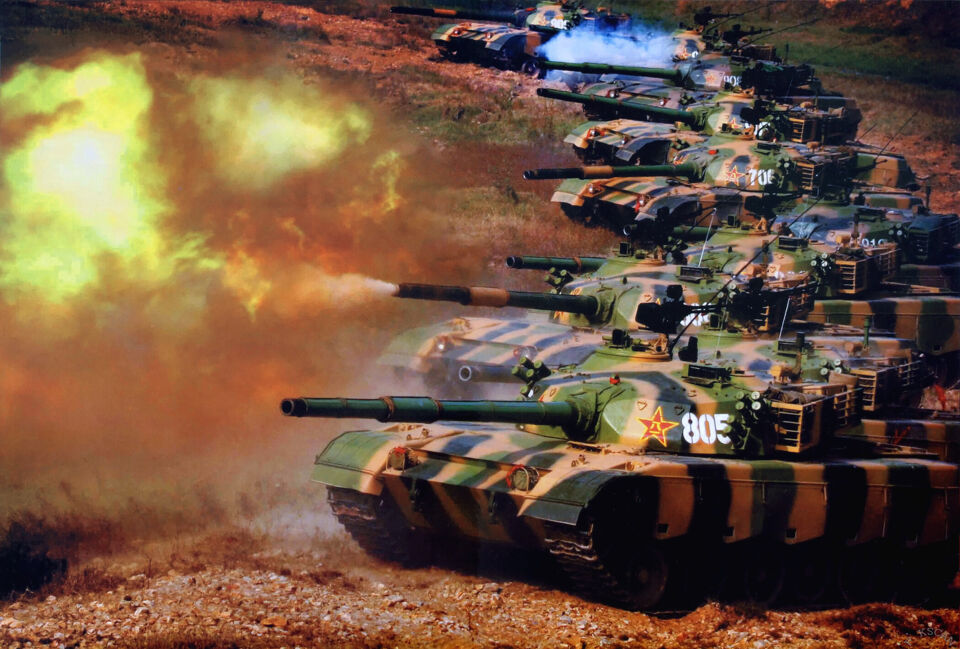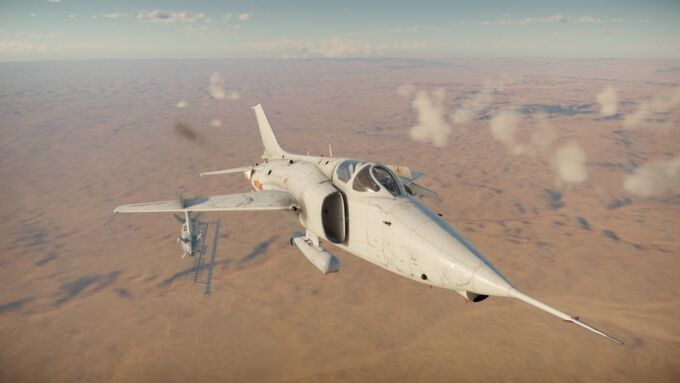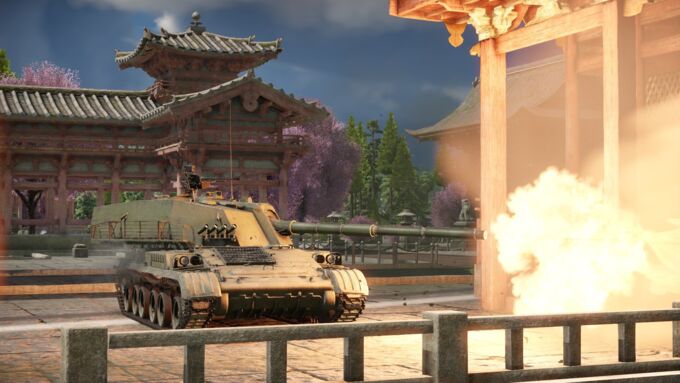#china
The Republic P-43 Lancer, introduced in 1940, was a transitional American fighter that bridged the gap between prewar designs and the more advanced aircraft of World War II. It offered respectable high-altitude performance for its time, along with decent armament, similar to its more popular successor, the P-47 Thunderbolt. The P-43 provided valuable experience in high-altitude operations and combat testing, with some serving in China under the American Volunteer Group and later the Chinese Air Force.
The PGZ09 is a representation of the blisteringly rapid modernization of Chinese anti-air equipment in War Thunder. Placed at one of the highest BRs of any gun-based SPAA, players used to the antiquated but powerful WZ305 with devastating proxy shells will be taken completely by surprise by the frankly overkill amount of new technology introduced on the PGZ09. This ranges from brand new AHEAD shrapnel shells and hydraulic suspension to a cutting edge radar system with NCTR identification, something typically seen on top-tier jets and surface-to-air missile systems.
The Chinese WZ551 chassis serves as the workhorse of the PLA. Numerous variants have been developed on its platform, including ATGM carriers, several tank destroyers, a self-propelled artillery piece, and many other vehicles. One such derivative is the ZSL92 infantry fighting vehicle, introduced in a recent War Thunder update. But how does one master this steed from the Celestial Empire? For a detailed analysis, continue reading the article.
Only the Chinese military could equip the same self-propelled artillery platform with both a powerful 152mm howitzer and an equally formidable 130mm gun. Both vehicles can be characterized as “glass cannons”: despite their formidable firepower, these self-propelled guns possess minimal armor protection. But how, then, can one unlock their full potential and become the most dangerous armored vehicle on the battlefield?
The Gongchen tank would become the first tank in service with the People’s Liberation Army. It helped the army of the Chinese Communist Party in numerous battles, including the siege of Jinzhou. A symbol of the PLA’s humble beginnings and its triumphant, hard-fought revolutionary spirit, paving the way for a modern armored force.
The ZTZ96 is China’s most advanced second generation main battle tank (MBT). But its history actually extends well before the ZTZ96 actually appeared and its development history is extremely messy (not that any tank development project is ever neat), filled with several weird prototypes and secretive vehicles. So, let’s take a look at the history of this tank’s development, its main variants, and all of those weird 1-off prototypes that never made it to production.
The IS-2 (1944) is a Soviet heavy tank. It has adequate armour which rivals the Tiger II and a powerful cannon that overpowers the US 90mm M3. These characteristics make it a good sniper. Additionally, its great BR-471B and BR-471D rounds can cause overpressure and knock out most foes with one single shot. When correctly played with, the IS-2 (1944) will become a huge threat to your enemies. Although its 20+ sec long reload can be frustrating, it is still a tank worthy of playing.
The PTZ89 was born of a need by the Chinese People’s Liberation Army to counter a possible invasion threat by Soviet-made armor. But instead of going the typical route of designing an ATGM carrier like the M113, the People’s Liberation Army instead went with the comparably ancient concept of a gun-based tank destroyer and produced what can be considered by many as the ultimate and final evolution of the concept of a gun-based tank destroyer.
